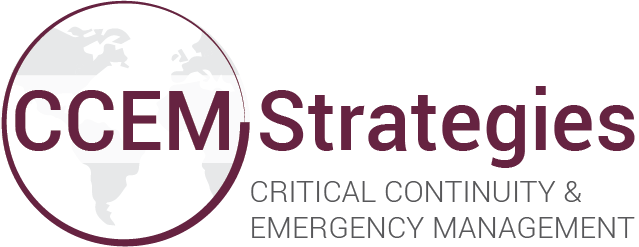Floods are the costliest natural disaster in Canada in terms of property damage.1 Of the top 10 most expensive natural disasters in terms of insurance payouts in Canada, floods are responsible for four.2 We all remember the November 2021 atmospheric river in BC. The Insurance Bureau of Canada states that the insured damage of this event was $675 million.3
Floods can occur any time of year, in any region, and they affect hundreds of thousands of Canadians annually. Whether atmospheric rivers, king tides combined with rising sea levels and storm surges,4 or the spring freshet, no part of the province is immune to weather-related flooding. So, what can you do to help mitigate the effects of flooding? By understanding the risks, you can better prepare your business.
Four ways to prepare your business for flooding
When developing your emergency management and business continuity plans for flooding, you need to understand your risks and consider the following:
Take action and prepare
To reduce the risk of damage in the event of a flood, it’s a good idea to duplicate critical hard copy documents and store them in an offsite location. Files including contact information for your employees, key suppliers and customers, insurance and legal documents, and of course your emergency plan, should also be backed up digitally.
Relocate critical equipment
Consider the scenario of what will be affected if water enters your business. What resides in the basement, or if you’re a ground-level business, the first metre from the floor? Your IT equipment, and the data contained within it, is essential to your business. Consider relocating equipment above the flood line and have a cloud-based backup.
Be ready to clean up.
Know what you need to protect and salvage first. Remember, paper rapidly deteriorates when wet and mold will be quick to emerge in a flooded building. List in the recovery section of your emergency plan a damage assessment process and include contact information for restoration companies and document re-processors.
Learn about your community’s emergency plans
Educate yourself and your employees about the emergency plans for your community. Do they have warning signals or evacuation routes and are the locations of emergency shelters provided? These are things to consider and prepare for so you can ensure your business is ready for any type of flooding emergency.
Contact us for customized emergency management and business continuity planning
Preparing your business for disaster is critical. We’ve worked with several communities and organizations on disaster risk reduction projects, including flood and evacuation planning. For more information, contact us and we’ll be happy to set up a meeting and talk through what we offer.
Related resources

